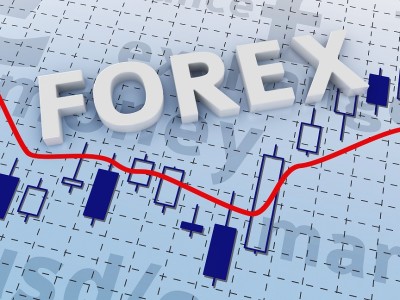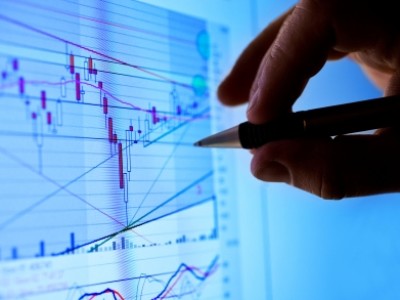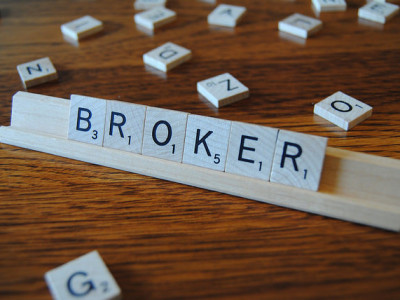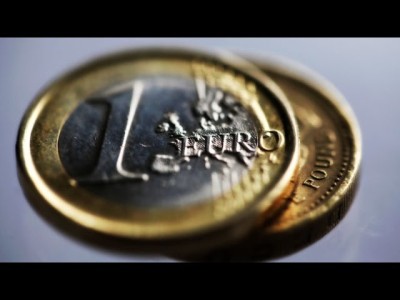Green on the Screen Basics
Supply and Demand is a very simple concept that gets lost when people trade or invest in the markets. All market speculators share the same goal, which is to enjoy consistent low risk profits. To accomplish this goal, you must be able to identify market turning points as this is the only way to attain low risk and high reward entries into market positions. Whether you are a short term day trader or a longer term investor, nothing changes. Identifying key market turning points is the only way to attain the ideal risk / reward opportunity.
Leading Extended Learning Track (XLT) sessions for so long, I have come across many people in the program. Occasionally, I receive an email from a member that is not satisfied with their results and desires better returns. Most of the time they are not necessarily losing money, but they are not making money or are not making enough money and desire more. One of my first questions to them has to do with strategy. I ask them, “Do you have a plan and are you following that plan?” Half the time the answer is no so we dive into creating a proper plan and the importance of following that plan. The other half says they do have a plan and, for the most part, follow it much of the time. For this group, my questions turn to the details of their plan, the strategy, where I look to see if their rules are proper or not. Sometimes, there one or two incorrect rules and the student doesn’t know it, so we correct them. In my many years of experience, I have found that most of the time there is one specific and crucial rule that is missing from people’s plans more than any other and that is the focus on this piece.
Before we discuss this rule and its importance, let’s first turn our attention back to market turning points. Where are market turning points? Price movement in any and all markets is a function of an ongoing supply and demand equation. Market prices turn at price levels where this simple and straight forward equation is out of balance. Therefore, price in any market turns at price levels where supply and demand are out of balance, which means the strongest turns in price occur at price levels where supply and demand are most out of balance. So, the question for us is this: what exactly does this picture look like on a price chart?
When I ask students this question, they quickly describe the picture of supply and demand that I have shown in articles for years. These are the pictures that clearly show price levels where supply and demand are out of balance which is what we as market speculators are looking for. Next, students go right into their rules for entries, targets and stops; and as this is where I stop them. They are ignoring perhaps the most crucial rule that should be included in their trading plan. Drop – Base – Rally, for example, may be the picture of a price level where demand exceeds supply, a demand level. But, what EXACTLY is a demand level for you and your trading plan? I find that most people don’t quantify this with numbers. Quantifying exactly what “demand” (or supply) is to you and your plan is a key component to a trading plan that gives you an edge over other trading plans that don’t. We have a number of “Odds Enhancers” at Online Trading Academy which are key to quantifying and identifying real supply and demand. To explain this further and dive into the details of one of the most important Odds Enhancers, let’s look at a recent trading example.
Crude Oil Trade Setup – 9/27/2016
The chart above is Crude Oil. The supply level seen on the chart represents the pattern/picture we are looking for but it does not at all mean we have a low risk / high reward trading opportunity. One of the most important questions that comes next is whether there is a significant “profit zone” associated with this supply level or not. This is the key Odds Enhancer most overlooked.
The presence of a significant profit zone is key for two reasons. First, it helps quantify the risk and reward. Second, the larger the profit zone, the higher the probability. This is because a big profit zone means price is far from equilibrium and out at price levels where the supply and demand imbalances are largest. We sell short at the supply zone and place our stop just above the supply zone. This helps measure our risk. The distance between our supply and target (demand zone) represents our potential profit zone or initial profit zone. Notice the strong rally in the form of big green candles that takes price up to supply for a short entry. That rally also “opens up” a profit zone for us as we are willing sellers when price revisits that level, which it did, offering us our short entry. Back to our rule…
Rule: A level only becomes a level if the initial move away from the level is at least three times the level itself (1:3 Risk/Reward). Meaning, if the distance from entry to stop is two points in a market, the initial price move from that level has to be at least six points or it does not qualify as a level at all. I will ignore any levels that don’t meet this minimum requirement.
While I require a 3:1 as a minimum requirement for the supply level to actually meet the definition of a supply (or Demand) level, it may be different for you. You may require 4:1, or whatever. In this example, the chart was offering a little more than 3:1 so an ideal target was 3:1. What this suggested was the probability of price hitting our profit target was very likely. This does not mean that the target has to be at the bottom. It simply means that this opportunity is offering me more than what I am looking for and this will increase winning percentage if that is an important factor for you.
Price ended up reaching the target for a low risk and high reward trading opportunity. One of the most important factors for this was the length and speed of the initial decline away from the supply level combined with how price rallied back to the level; and this is a rule many market speculators fail to consider.
Many people talk about supply and demand when trading and writing trading plans. Few actually define what their exact supply and demand levels really are.![]() This is another step in building the edge required to get paid from your competition instead of paying them, another step toward Green on the Screen. There are more subtle but important rules to consider but they are beyond the scope of this piece.
This is another step in building the edge required to get paid from your competition instead of paying them, another step toward Green on the Screen. There are more subtle but important rules to consider but they are beyond the scope of this piece.
Hope this was helpful, have a great day.
Sam Seiden – sseiden@tradingacademy.com
Source:: Green on the Screen Basics














